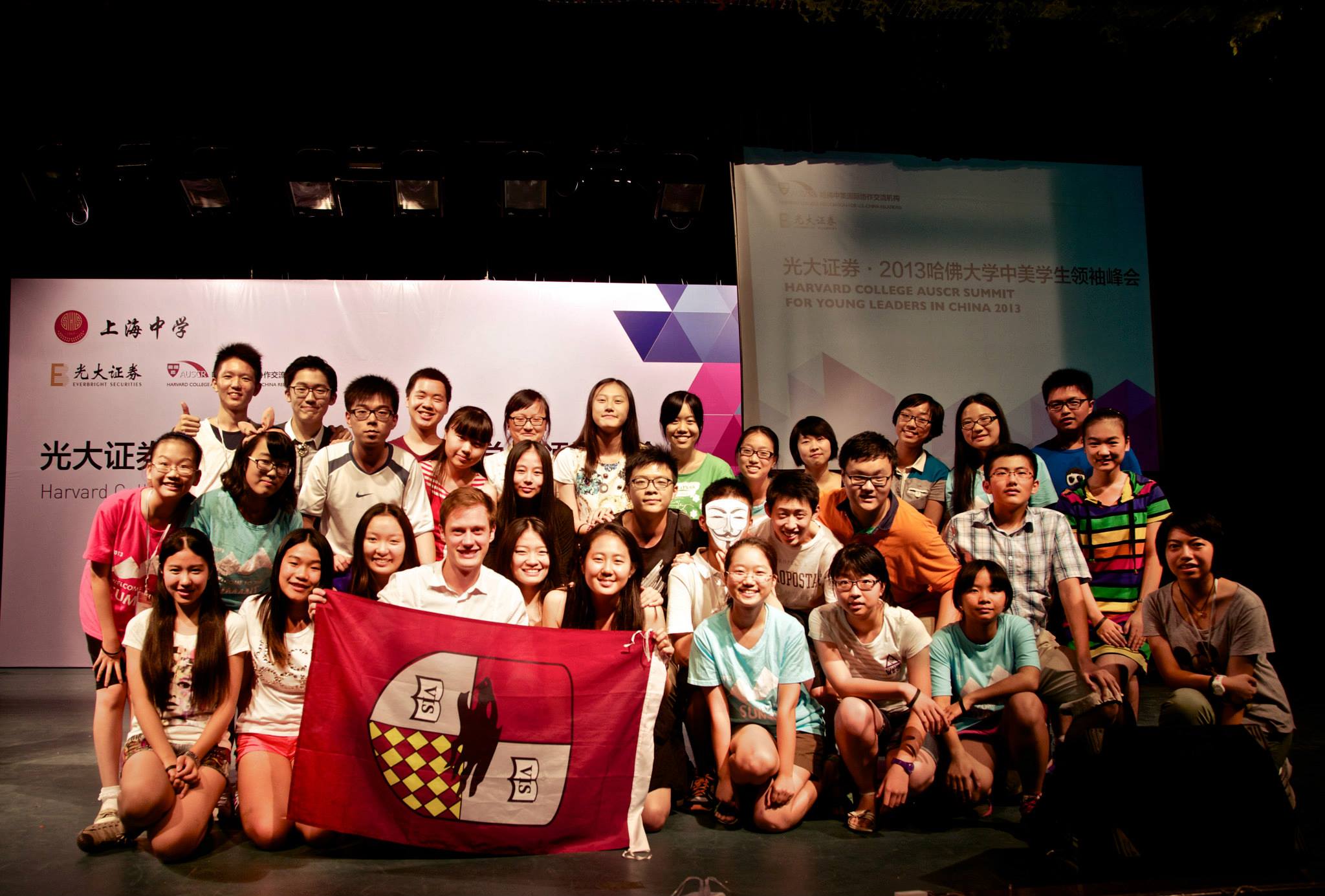When I boarded my Shanghai-bound flight in mid-August, I wasn’t exactly jumping for joy. Counting layovers, this would be my eleventh flight of the summer. What’s more, my trip to Beijing a few years ago meant the putrid, smoggy China summertime was fresh in my mind. What kept me going was that I had a mission: to bring the lessons of James Joyce’s Ulysses to Chinese high school students.
While some of the brightest were eager to show off that they’d read the complete texts of Joyce, Kant, Nietzsche, Plato, and others, I was more cognizant of how they consumed the texts. Upon deeper conversations, it seemed that most had gobbled up these books without pondering their contents deeply enough. Hearing about their daily schedules and seeing how excited they were at the prospect of a more diverse curriculum integrated with extracurriculars and social time, I found myself wondering whether these students were left with any space or time to digest and think about the things that they read and learned without the pressure of looking for a multiple choice answer, a luxury I was afforded back in the United States. I left the program hoping that the two cultures around studying could be put in one pot, stirred into oneness, and then split in half.
Before hopping on my flight, I caught an episode of a South Korean documentary series called Homo Academicus (the series features a strong Harvard connection, with four of our very own students traveling around the globe to observe how people study and the different cultures around studying). The episode on China was by far the most interesting for me–it showed about 50 children sitting in one rural classroom, each reading their notes aloud at the top of their lungs to aid in memorization.
Luckily for my ears, my students did not do that, but I could sense the similarity of their diligence and studying methods through the crowded margins of their reading packets and the way that some religiously went over their SAT vocab cards even during lunch and speaker events. In other words, these kids had a clear picture of a knowledge input-output system in their brains; knowledge would have to come out in the same shape and form that it went in, and every piece of knowledge had a specific use.
While “the answer” has always been the priority in modern East Asian educational systems, the American school system has been struggling with a clear input-output formula for its students. In a very significant way, this has had its positive effects: it has encouraged students to exercise creativity (something that I found lacking in my students in China) in designing their own outputs and envision for themselves more than one path and one goal in their careers and lives.
However, this freedom in curricula has caused a headache for the American government when it comes to test scores and what the American students know when they come out of their fourth grade classrooms. While we don’t want to take away the relative freedom and liberty that the American system has in comparison with its Asian counterparts, figuring out a non-disruptive way to mix in a bit of the efficiency that educational systems like the Chinese have shown us should be a priority project for the US government (along with a way to more uniformly distribute educational benefits to students regardless of socioeconomic status, which is something that Asian countries also seem to have a bit less of a problem with).
As for China, a gradual destructuralization of the state-run curriculum and a change in the college admissions culture from test-based to holistic would do a lot for inspiring a new set of talents and aspirations within the Chinese student population. At the program where I taught, a dance party with low-quality stereos and a sweat-infested dance floor was enough to serve as a springboard for a student that now dances before every breakfast and every lunch. One student cautiously raised his hand in our last session to disagree with an interpretation that I had just provided, something that I had strongly encouraged but never seen executed all throughout the program. For another, the “Capture the Flag” extracurricular was one of the most transformational experiences he had had “in his life.” Watching these rapid and fascinating changes in the way that they think and act shows the power of a more liberal, ideas-oriented, and activity-filled education in expanding possibilities and frontiers for young students.
Luckily, these paths of change seem to be on the minds of both governments already, although progress has been relatively inconspicuous. The message then, would be to abandon the two countries’ close-mindedness to each other, look across the ocean, and learn; whatever the lack is on either side, too much potential and too many talents are slipping through the cracks without being given a chance.
Photo credit: JJ Zhou
